Save the Cheerleader, Save the World.
With a shallow bench of high-quality exclusives for the PS4, Until Dawn is an impressive entry into the horror genre. The pacing of the narrative is spot on, and even if you wander around an area before heading to a main objective, the story never feels like it drags. Every chapter is comprised of scenarios with a subplot that, although admittedly demented, will have you on your toes the entire time. The emotions come through, the fear comes through, and every character is drawn out to the point that you'll feel engrossed in the moment… even if you don’t want to be.
Like most tales of overly hormonal teenagers thinking it’s a great idea to spend a weekend in a secluded cabin during a snowstorm, you’re served up a healthy (perhaps unhealthy) course of stereotypes from the start: the bitch, the popular girl, the nice guy, the jock, the jerk—well, you get the picture. Is it a coincidence that the most likeable character was one of two who didn’t start the game tied down by some ridiculous romantic entanglement? I think not. During the first half of the game, the overbearing nature of the “textbook teenager” character development borders on distraction. It’s very clear that the dialogue for these teenagers was written by someone who hasn’t been a teenager for a looooonng time.
There’s a scene early on when two female characters are arguing over a male character as he looks on and another guy attempts to break it up to no avail. Based on how the situation is handled from the start two of the men can end up getting into a fight and the women will never have an altercation. Either outcome is rather mundane but will most likely leave you wishing more of an ill-fate toward all characters involved. As if that weren’t bad enough, both scenarios are followed by an incredible annoying rant about a missing bag that goes on for about three minutes. I’ve played through the section three times and have yet to get through it without laughing. This is where being able to skip certain cutscenes would have helped, especially when replaying the story for the second time.
Every major choice is narrowed down to two options, aside from a few action sequences requiring you to target items or enemies, and a majority of them will seem very clear-cut… as not all of them are. The simplest decision can trigger Until Dawn’s "butterfly effect" system and you won’t know which moments those are until you have completed your first playthrough of the game. This heightens the horror elements of the game so it's a welcome limitation.
Due to the finite save system, you have to be careful about which areas you explore and what objects you interact with because there’s no going back till the end. If you are especially worried about completing events properly, I’d avoid the motion controls till your second playthrough. Although they do function properly, they take a bit of getting used to since the movements normally made with the thumbsticks are substituted with actually moving the controller in a certain direction. During high-tension moments, forgetting that can end poorly.
There are a fair amount of red-herring choices mixed in with the ones that lead to actual life-or-death scenarios. At one point while I was searching an area, there was something I had a bad feeling about and made a point of avoiding as I searched for clues. However, my curiosity got the best of me and upon investigating I ended up triggering a series of events that significantly jeopardized the chances of survival of the character I controlled for the rest of the game. It also turned out that I should have listened to my gut in the first place because it wasn’t something I needed to complete in order to progress. Sometimes doing nothing is the right answer.
Two of Until Dawn’s dialogue-centric features consist of a built-in reputation system that can have an impact on the butterfly effect tracker as well as future interactions with different characters and reactions in future scenarios. Even if you make a decision that should turn a butterfly effect event in your favor, you may find that it doesn’t based on how you conducted yourself during a conversation with someone or how you chose to act in a situation earlier in the game. I also enjoyed the stealth portions of the game where you had to remain still in order to hide or complete a task correctly. Along with having to keep the light on the PS4 controller within the boundaries on screen, you can feel the heartbeat of the character as vibrations which adds an additional challenge especially later in the game when stealth becomes an invaluable necessity; the longer you're forced to hide, the harder the vibrations.
You get to see when the butterfly effects trigger, and as the story progresses each butterfly effect event will update. This system's cause and effect is intriguing and seeing it develop as you play the game makes solving the mystery more interesting. Although the butterfly effects are triggered by specific characters at set times in the game, they can go on to affect different characters during seemingly unrelated events later on, making for some amazing outcomes and contributing to the replayability of the game. In certain instances you have the choice not to react at all and oftentimes that leads to a better outcome. At one point I disturbed the balance of nature and let’s just say that doing so definitely adds more danger to the mix other than the crazed killer on the loose.
Another factor that influences the story is the discovery of clues and totems. The more clues you are able to find, the higher the chance of survival. Find enough clues and characters will reference them during key instances without being prompted. Fail to find most of the clues and characters remain more terrified and naïve to the events happening around them. Totems found early in the game can give you flashes into the future showing many different possibilities of what can happen. Due to the game's strict no-restart policy during the first playthrough, these totems can come in handy especially if you heed their warnings. You’ll also need to replay the game to find all the totems as some will only be available after you’ve taken different paths during key events. By collecting them, you unlock behind-the-scenes videos and parts of a bonus video clip explaining the background of the story a little more.
Then there is the oldie-but-goodie quick-time event. Button indicators pop up quickly and run on timers so failing to execute them can truly be a matter of life or death (and not always for the character you’re controlling at that time). The way that QTEs are worked into the game immersed me in the action. If you were truly running away from something or needed to shoot something on the fly, you wouldn’t have the long to decide what to do and every QTE moment is a great example of that. The only time you get to really take your time is in between action sequences where you can either walk or, err, “fast walk.” I know it seems odd not to have a run or sprint option in a horror game but it makes complete sense for the purposes of Until Dawn. Every set piece is carefully crafted and every camera angle is chosen to highlight the mood and the incredible level design. You’re basically playing the role of the naïve kid in a horror movie so the ability to sprint through exploration sections would take away from that.
Until Dawn has a B-movie horror feel to it so there is a level of predictability to certain parts of the story. However, it still managed to end on a high note with a strong third act. There’s an enjoyable mix of layered twists and turns that culminate in a very satisfying way. Every element works to increase the tension as the story unfolds and paying attention to details early on is very important. One thing that was really incredible about the game is about how well executed the lighting design was. Characters are constantly walking in and out of shadows adding to the ominous nature of the surroundings. It was so impressive that during the times when I could explore my surroundings, I found myself pausing to appreciate the depth of detail in the established shots the camera had set up.
They don’t overdo it with ominous music during the game, often relying on the overabundance of silence to set the mood until something happens. Until Dawn was a pleasant surprise and really shows that Supermassive Games can make cinematic stories just as well as developers like Quantic Dream. Although I loved games like Beyond: Two Souls. it didn’t really deliver on the variation of choice end of the spectrum and Until Dawn did. Hell, it even provided a better horror experience for me than The Evil Within did.
It took me around ten hours to complete my first playthrough and I’ve already replayed several segments of the game since then including the ending, which can vary depending on the choices you make. Not every character is guaranteed to live, not every character is guaranteed to die, and certain characters have many opportunities throughout the story to do both. I think anyone looking for a solid horror game is going to be pleasantly surprised by Until Dawn. I actually found it even more enjoyable playing with an audience, especially one that’s more scared of horror games than me. Until Dawn delivers on multiple fronts and it's a welcome addition to any PS4 owner’s library.
-
Strong storytelling and plot twists
-
Reputation and character trait system
-
Totems are useful for survival and hints
-
Well-executed mise en scène
-
Failing can be fun
-
Overly stereotypical/cheesy dialogue at times
-
Can't skip cutscenes, even on replays
-
Can't adjust timer setting difficulty for QTEs
Until Dawn
-
Until Dawn #1
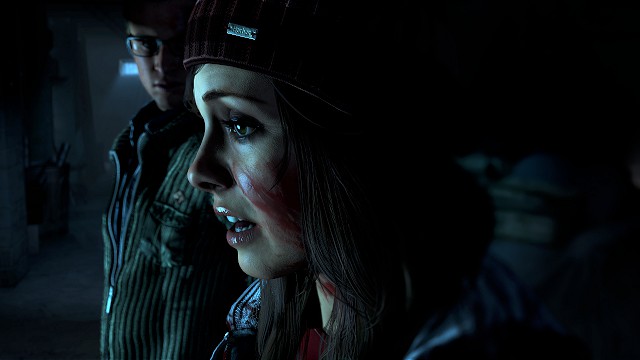
-
Until Dawn #2

-
Until Dawn #3

-
Until Dawn #4

-
Until Dawn #5

-
Until Dawn #6

-
Until Dawn #7

-
Until Dawn #8

-
Until Dawn #9
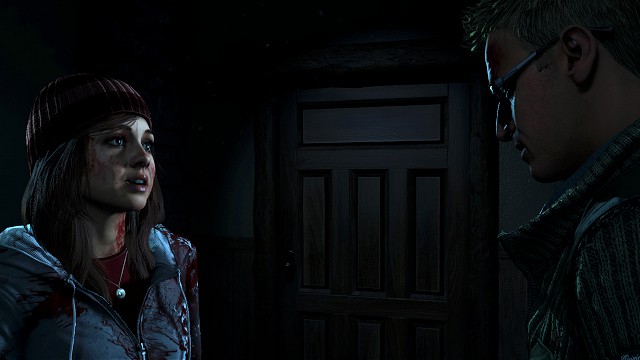
-
Until Dawn #10

-
Until Dawn #11

-
Until Dawn #12
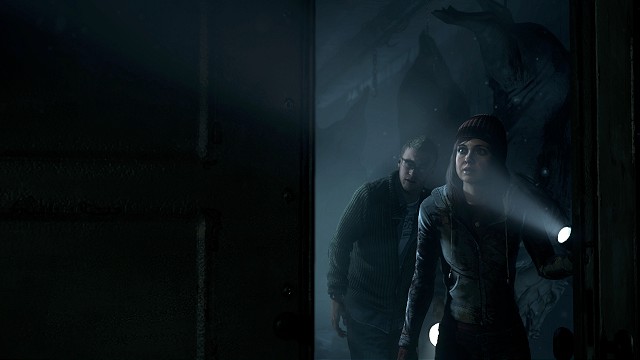
-
Until Dawn #13

-
Until Dawn #14

-
Until Dawn #15

-
Until Dawn #16

-
Until Dawn #17

-
Until Dawn #18

-
Until Dawn #19

-
Until Dawn #20
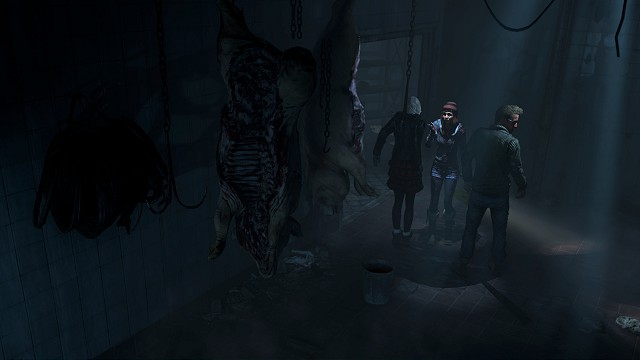
-
Until Dawn #21

-
Until Dawn #22

-
Until Dawn #23
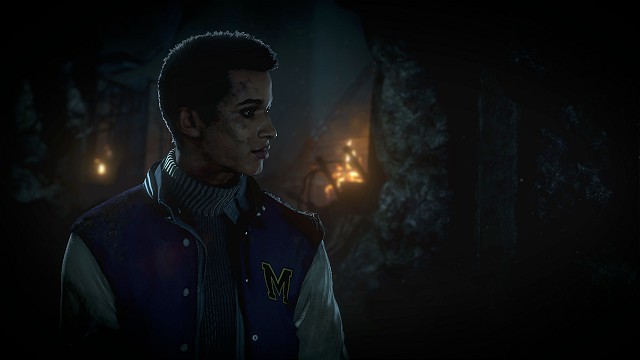
-
Until Dawn #24

-
Until Dawn #25

-
Until Dawn #26

-
Until Dawn #27

-
Until Dawn #28
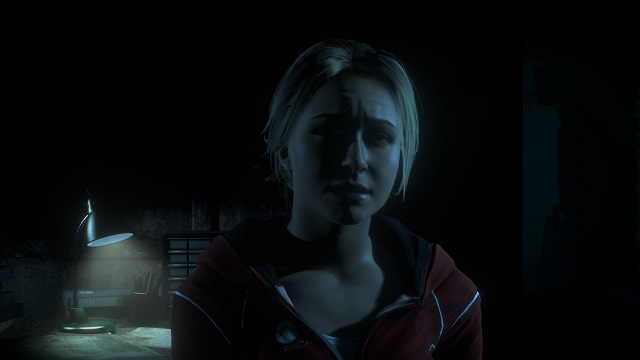
-
Until Dawn #29

-
Until Dawn #30

-
Until Dawn #31
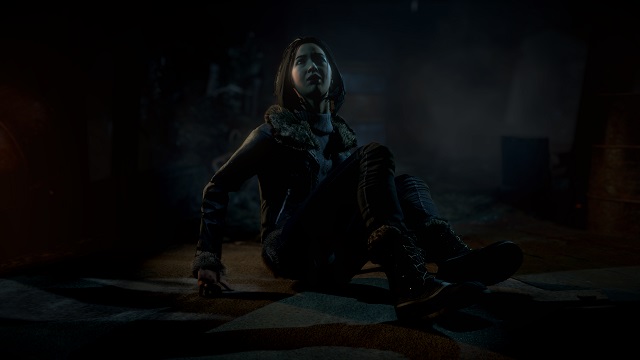
-
Until Dawn #32

-
Until Dawn #33

-
Until Dawn #34

-
Until Dawn #35

-
Until Dawn #36












